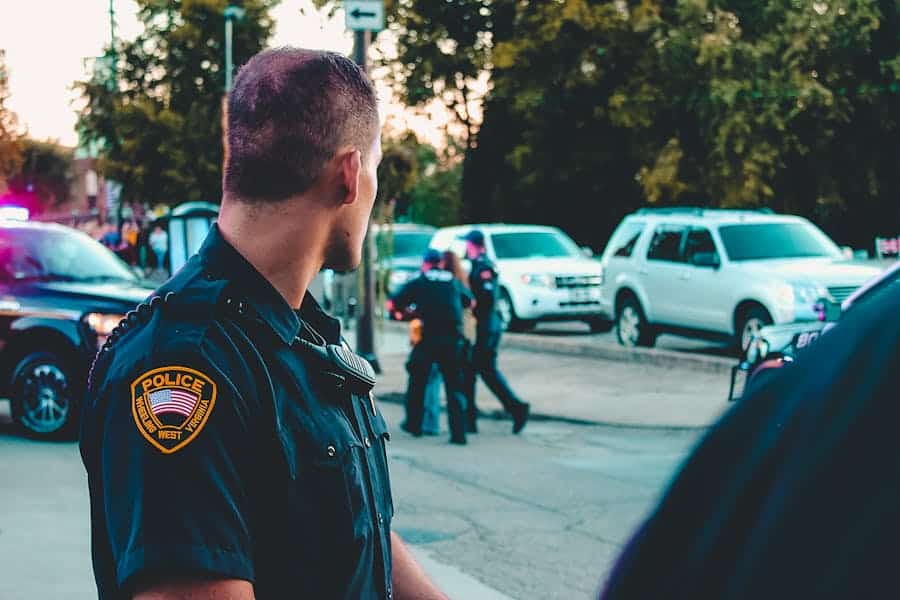
Gang-related crimes are a challenge for many cities globally. However, in recent years, there’s been a disturbing rise in violence linked to criminal networks, especially in urban areas. The increase in gang activities affects immediate victims and communities, as it degrades public safety, social stability, and economic development. Knowing the causes of these crimes is crucial to finding effective solutions. These crimes are often violent, and their impact is actually felt in densely populated areas. The article below outlines the causes and mitigation measures urban area managers should employ.
Causes of Rising Gang-Related Crimes
The increase of gang-related crimes can be attributed to:
- Social Economic Inequality
Imbalance in society contributes to several societal problems, including crimes and social unrest. Most urban areas, especially those experiencing rapid growth, often leave the population impoverished. Such disparity creates barriers to essentials like education, healthcare, and employment. This fosters feelings of hopelessness and disenfranchisement among the population.
Crime is the most profound consequence of socioeconomic inequality. A population that struggles to meet its basic needs or perceives a lack of opportunity will most likely resort to illegal activities for survival. Gangs often exploit the vulnerable population in low-income areas by offering them financial assistance and a sense of belonging. Most teens resort to joining gangs as the only viable way of escaping poverty.
Unfortunately, poverty exacerbates other structural problems. For instance, poverty is directly linked to weak law enforcement and underfunded public services. This means communities in these areas lack sufficient policing and social services, leaving them ill-equipped to address the primary cause of crimes. The result is a cycle that deepens social divisions and poverty.
- Substance Trafficking
Substance trafficking plays a key role in enhancing organized crime in urban areas. Illegal drug trade fuels violent crime and undermines any town’s social stability. As gangs compete for control of various drug markets, their conflicts often result in deadly wars and an increase in homicide rates. This creates an environment of fear and insecurity.
Unfortunately, urban areas are particularly susceptible to the consequences of drug trafficking. The dense population in these areas leads to an increase in demand for illegal substances. Gangs, which act as middlemen between local consumers and cartels, use violence to maintain control.
The effects of trafficking often extend beyond the violence. An influx of drugs in urban areas leads to deteriorating public health. This is due to an increase in addiction rates and deaths resulting from overdose. An overburdened healthcare system will struggle to cope with growing drug-related illnesses like HIV/AIDS while agencies get stretched trying to combat the drug menace.
- Media Glorification of Gang Culture
The media plays a role in influencing public perception. Unfortunately, its depiction of gang culture contributes to the surge in crime. Music videos, movies, and TV shows highlighting the money and power associated with gangs and organized crime culture make it attractive. Such glorification profoundly influences young and desperate individuals living in disadvantaged communities.
Most popular TV shows often portray gang leaders as charismatic antiheroes. Music genres, especially rap and hip-hop, also celebrate gang life and fast wealth. These depictions reinforce the idea of joining gangs for respect and an opportunity to escape poverty.
Efforts for Combating Gang-Related Crimes
The rise of gang-related crimes poses a significant threat to urban safety. As such, cities should implement multi-faceted strategies to address these issues. The strategies include:
1. Targeted Law Enforcement Operations
Targeted operations by law enforcement agencies are an effective strategy in the right against gang-related crime. These operations involve specialized policing efforts focused on dismantling organized criminal networks. Enforcement agencies can use intelligence and other tactics to channel their resources into reducing violence and curbing criminal operations.
One key component of targeted enforcement is gathering intelligence on gang hierarchies and financial operations. This requires extensive surveillance and undercover agents to identify leaders and key players in criminal organizations. Coordinated raids and arrests should then be conducted in collaboration with multiple agencies.
Targeted operations lead to arrests on serious charges like association with violent crimes and trafficking. Those facing these charges often turn to experienced lawyers like Garland, Samuel & Loeb to help them navigate the complex legal system. Cities like Los Angeles and New York have used such task forces to break down powerful gangs that dominated their communities for decades. Focusing on the leaders disrupts the organizational culture and limits the ability to conduct large-scale criminal activities.
2. Community-based Programs
Introducing various community-based programs also helps prevent crimes and foster a positive change in gang violence-plagued areas. Such programs should address the root causes of these crimes in various ways. This could be providing education or employment opportunities to the underprivileged.
Offering alternative activities to criminal behavior helps promote safety and stability. One successful approach to this initiative is conducting youth outreach. Programs that engage the youthful population in constructive activities like sports and vocational training give them a sense of purpose.
Mentorship is also crucial as it pairs at-risk youths with positive influencers who can guide and support them in various aspects. This distracts them from the allure of joining gangs and criminal activities.
3. Educational and Social Interventions
Educational and social interventions also help address the root cause of crimes and break the cycle of inequality that breeds poverty. Investing in education and other social interventions equips individuals in low-income areas with the skills and support to pursue a positive life instead of crime.
Education aside, social interventions like after-school programs complement educational efforts. These interventions address the broad social needs of individuals at risk. These programs keep the youth engaged in productive activities during high-risk hours. It also gives them a positive influence, which helps them navigate personal struggles and guides their decision-making.
Endnote
The rise of gang-related crimes in towns and cities has dire consequences. It degrades public safety and the economic development of the urban center. This demands a comprehensive approach that involves different parties. While law enforcement efforts are crucial, addressing the root cause is equally important. Tackling socioeconomic inequality and providing opportunities to at-risk populations can reduce these crimes.





